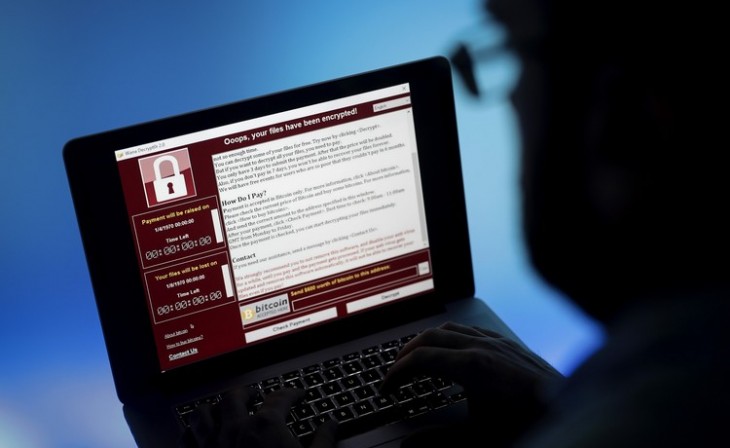Learn about the best methods to detect a virus
Essential steps to detect viruses
Although the main thing of all is to prevent malware from entering our computer, we must also be aware of the importance of being able to detect them in time. Let's say we have downloaded a file that is malicious and is stealing personal data. If we detect it in time we can prevent it from stealing sensitive information such as passwords. What can we do to detect viruses?
Use an antivirus
The most basic thing is to have a good antivirus and analyze the system. This will allow us to analyze the files and detect possible threats that are on our computer and that we do not know are there. For example, if we have recently downloaded a program and we doubt whether to install it or not, it is a good method.
Antivirus there are many available, but logically not all will work the same. Ideally, have one that has good opinions, is stable, up-to-date, and has real-time protection. Some popular and recommended options are Avast, Bitdefender, or even Windows Defender itself.
View system processes
Sometimes the best way to detect a possible threat on your computer is to analyze system processes. In Windows, we can do it by entering the Task Manager. We have to press the key combination Ctrl + Alt + Del and then click on Task Manager.
Once there you have to go to Processes. It will show us all the processes that are started at that moment. If we detect something strange, something that is consuming a lot of resources for no apparent reason, it could be a sign that we are facing a virus or malware.
Analyze internet traffic
Something similar can happen with the Internet traffic that is in our system. Each application that has access to the network will consume resources and we will be able to see it. For example the browser, some applications to watch streaming videos, video call programs, etc.
If we see that something, in particular, is consuming the Internet and we do not know what it is, it could be a threat. It could mean that an intruder is collecting data and sending it to a server. This will help us take action as soon as possible and prevent the problem from escalating.
See how the equipment works
But one more method of detecting viruses is simply to check how your computer is working. Have you noticed that it is suddenly slower than normal or that something is wrong? Perhaps you have installed a program recently and that has led to the entry of a virus. It could also happen that you have unknowingly downloaded a malicious file.
This sign will help you take action. For example, restore the system to a previous point, delete files that we have recently downloaded, etc. All of this will help make those measures we take effective and improve safety.
In short, these are some of the simplest methods by which we can detect viruses on the computer. They will help us to maintain security at all times and avoid problems that could jeopardize the proper operation.




